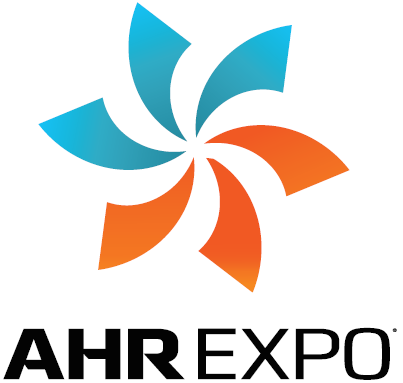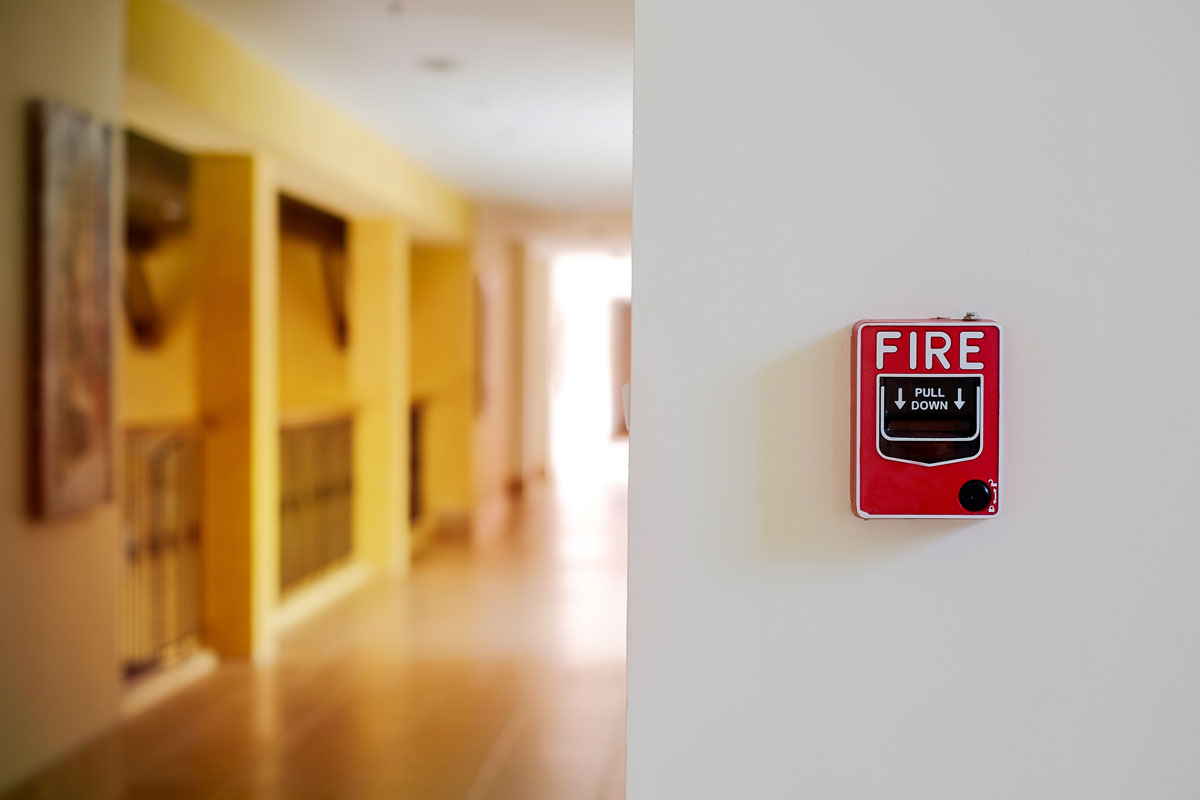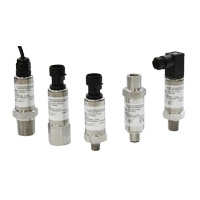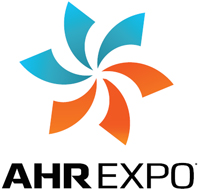 The 2022 AHR Expo is over, and the Dwyer team has settled back into our normal day-to-day. For those of us in the Midwest, we were greeted with a few feet of snow when our planes landed back home. It was a big shift from the clear skies of Vegas! Continue reading “Thanks for Visiting Us at AHR Expo!”
The 2022 AHR Expo is over, and the Dwyer team has settled back into our normal day-to-day. For those of us in the Midwest, we were greeted with a few feet of snow when our planes landed back home. It was a big shift from the clear skies of Vegas! Continue reading “Thanks for Visiting Us at AHR Expo!”
Join us at AHR Expo!
 It’s the end of January and… AHR Expo is here! We’re excited to share our new products and technologies with you at the show next week.
It’s the end of January and… AHR Expo is here! We’re excited to share our new products and technologies with you at the show next week.
This year at AHR, we will be focusing on our indoor air quality solutions. Indoor air quality is an important part of our everyday lives. Did you know, on average, people spend 90% of their time indoors? From carbon dioxide to humidity, several factors impact the quality of the air we breathe. Continue reading “Join us at AHR Expo!”
The Intricacy of Proper Instrumentation in Cleaning Produced Water
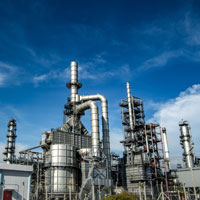 The cleaning of produced water during oil and gas production and exploration is a crucial, although costly endeavor. In the process of bringing oil and gas up to the surface from a well, several byproducts are also produced. Water is the largest of these byproducts by volume, with 882 billion gallons produced per day. This produced water contains a variety of other compounds and substances, including organic and inorganic compounds, grease, bacteria, and dissolved solids such as iron. Continue reading “The Intricacy of Proper Instrumentation in Cleaning Produced Water”
The cleaning of produced water during oil and gas production and exploration is a crucial, although costly endeavor. In the process of bringing oil and gas up to the surface from a well, several byproducts are also produced. Water is the largest of these byproducts by volume, with 882 billion gallons produced per day. This produced water contains a variety of other compounds and substances, including organic and inorganic compounds, grease, bacteria, and dissolved solids such as iron. Continue reading “The Intricacy of Proper Instrumentation in Cleaning Produced Water”
How Pressurized Stairwells Keep You Safe
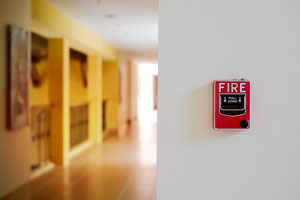 Picture this: You wake up with a start to the sound of crackling flames and the screech of an alarm. A nearby apartment room has caught fire, and you need to get out before it spreads to the rest of the building. You go through the motions; grab the keys, check the door knob, keep low to the ground. You head to the stairs and make your way outside to safety.
Picture this: You wake up with a start to the sound of crackling flames and the screech of an alarm. A nearby apartment room has caught fire, and you need to get out before it spreads to the rest of the building. You go through the motions; grab the keys, check the door knob, keep low to the ground. You head to the stairs and make your way outside to safety.
Understanding Sensor Output Signals

Have you ever wondered why there are a multitude of sensor output signals that can be configured on pressure, temperature, humidity, or gas sensing instrumentation used in process or HVAC applications? Most of these offerings were originally set up to allow sensor manufacturers to better align with the inputs offered by manufacturers of programmable logic controllers (PLCs) and direct digital controllers (DDCs), which are used for controlling processes for both automation and HVAC control.
I’d like to focus on two of the most commonly used output signals and zero in on the advantages and/ or disadvantages these output signals offer. Two of the most commonly used output signals include analog current, typically 4 to 20mA, and analog voltage, typically 0-10V. Continue reading “Understanding Sensor Output Signals”

